6 Basic Instagram Best Practices

Instagram is making a big update to its news feed that will make the social network a whole lot more like its parent company, Facebook.
The update impacts the display of content within a user's news feed, as Instagram will begin showing moments that a user is most likely to care about first. The new algorithm will take a variety of things into consideration, such as the likelihood a user would be interested in the content, the relationship between a user and the person posting the content, as well as timeliness. Previously, Instagram displayed content in reverse-chronological order. It is important to note, however, that all content will still be displayed in a user's feed (for now). That said, it shouldn't come as a shock to Web professionals if low-quality content is eventually filtered out completely.
"You may be surprised to learn that people miss on average 70 percent of their feeds," Instagram said in its blog announcement. "As Instagram has grown, it's become harder to keep up with all the photos and videos people share. This means you often don't see the posts you might care about the most."
Not only will the update impact how Instagram users discover content, but it will also impact brands' reach. For example, the new algorithm could mean businesses with engaging content will see more of their posts positioned at the top of followers' feeds, it could also be the first step in brands losing their reach on the social network - similar to what has happened to Facebook over time. This, of course, opens up revenue opportunities for Instagram in that enterprises will pay to appear first in the news feed.
Regardless of these changes, companies are wise to have a strong presence on the image-based social network. Not only does Instagram boast more than 400 million members and attract a variety of audiences, from Pope Francis to Kanye West, but consumers are also open to following brands on the network (with more than half reported to do so). If your digital enterprise is looking to get started or step up its Instagram efforts, check out the list of six basic best practices.
1. Don't get too creative with your icon.
While it is always fun to get creative with personal icons on social networks, brands need to take a more conservative and consistent approach - especially on Instagram. In order to be easily identifiable when a user is scrolling down their news feed on their mobile device, brands should stick to a logo-based icon. A quick search of some big-named brands on the social network, including Target, Nordstrom and Starbucks, proves that this is a widely accepted best practice.
2. Use the bio space wisely.
Instagram gives every user a small space for a bio, requiring a thoughtful approach to filling the area. Not only should brands add a short description of their business here, but they should also cross-promote other social accounts and/or leverage this space to feature links.
Since it is nearly impossible to share links within an Instagram post (because they are not hyperlinked), brands can include a link back to their websites in the bio space (which does support hyperlinking - see Nordstrom's example below). Then, when a brand posts they can include a "link in the bio" caption to encourage followers to take action.

It is important to note that in addition to simply featuring a link back to a brand's website, brands can also leverage service like BazaarVoice's Social Commerce to make shoppable Instagram feeds. For instance, Like2Buy enables brands to create a gallery of shoppable products based on the content that a brand shares on Instagram (see image). Brands typically feature the link to this gallery in their bio, because it creates a more streamlined social shopping experience than sending consumers to a brand's homepage where they have to search for the products featured on Instagram.
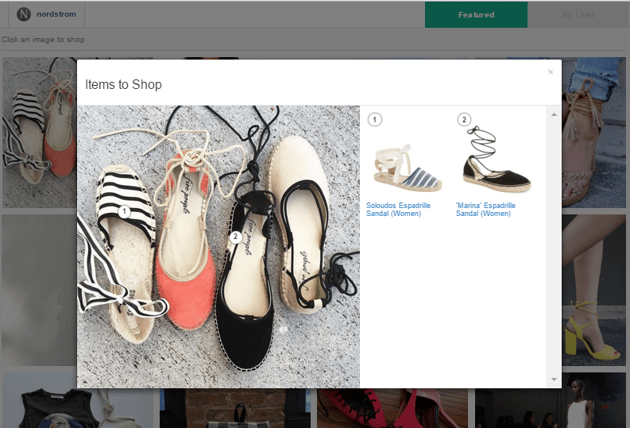
3. Use hashtags and emojis!
It's typically a good idea for brands to limit the amount of hashtags and emojis they share on Facebook, but brands can be a little bit more generous on Instagram. Since Instagram is a mobile platform, hashtags help consumers discover content. Emojis, on the other hand, are used more often on the social network simply because they are displayed correctly - partly because social media managers are posting from their phones. What's more, Instagram supports the hashtagging of emojis.
It is important to note, however, that data from Curalate shows that two hashtags per post may be the optimal number, as these posts tend to get more likes and comments for brands. Conversely, posts with no hashtags tend to generate less engagement and posts with more than four hashtags tend to come off as spammy. While this data is a good starting point, brands should also conduct their own tests to see what combination of hashtags garners the best results for them as some reports indicate 11 or more hashtags to be optimal.
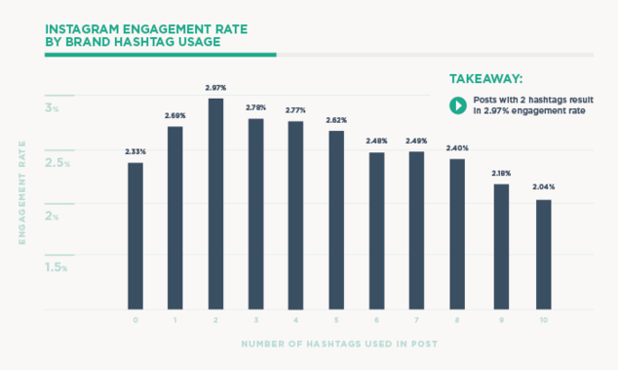
4. Do more than just promote.
Just as it's important for brands to show a variety of content on Facebook and Twitter, the same is true for Instagram. Instead of promoting product after product, brands should switch it up and highlight other things too, such as their employees, events and business-related interests. Instagram presents the perfect opportunity for behind-the-scene photos.
5. Foster relationships.
Social networks provide brands with a unique opportunity to not only foster relationships with their followers, but also business partners.
For example, since users can "tag" their friends in photos, brands can leverage this feature to share important information about their products and at the same time build goodwill with their business partners. Urban Outfitters, for instance, tags both the model and brand of clothing that is featured in a post originally shared by its Malibu store (see image).
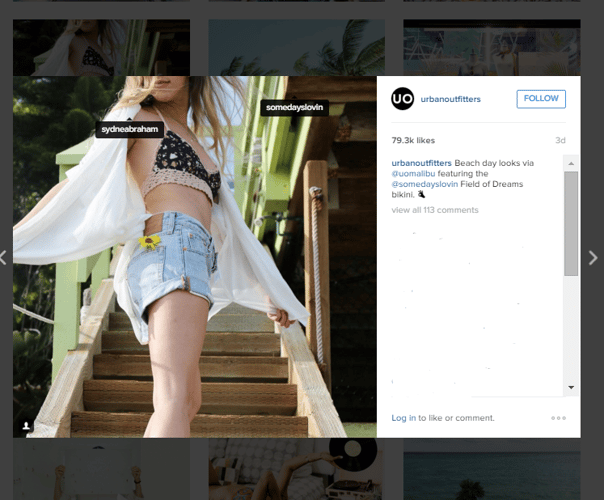
Speaking of sharing posts, another way brands can foster relationships with their followers and business partners is by sharing posts from other Instagram users, including user-generated content. Although Instagram doesn't feature a share button (at least not yet), many of the social network's members leverage apps like Repost for Instagram.
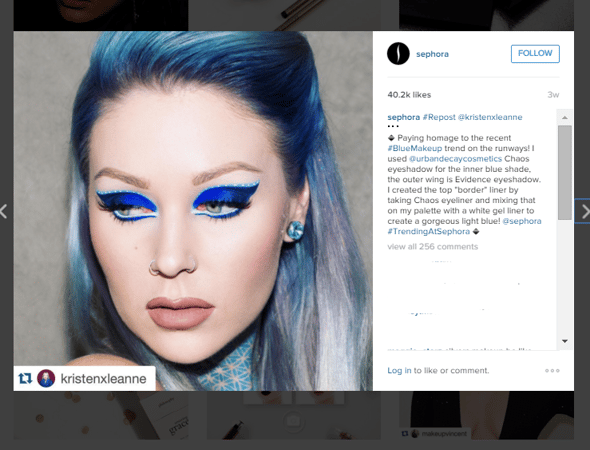
6. Looks matter‚Äö a lot.
Last but certainly not least, brands should remember that Instagram is strictly a visual social network - which means looks matter‚Äö a lot. Enterprises should make an effort to be creative with the images that they post as well as to maintain consistency across their page. Fortunately, Website Magazine's "8 Do's and Don'ts" Instagram marketing guide can help brands avoid making amateur mistakes and produce better content on the social network.
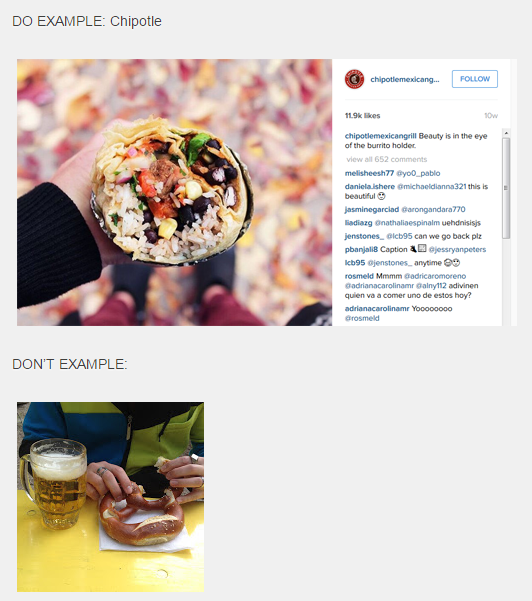
Business Gram
While part of Instagram's appeal is its focus on users, businesses will need to proactively improve their efforts on the network because with each update (e.g., algorithm, advertising, etc.), brands are likely to lose their organic reach. That said, this list of best practices will serve companies well.

Subscribe to Our Newsletter!
Latest in Social Media









